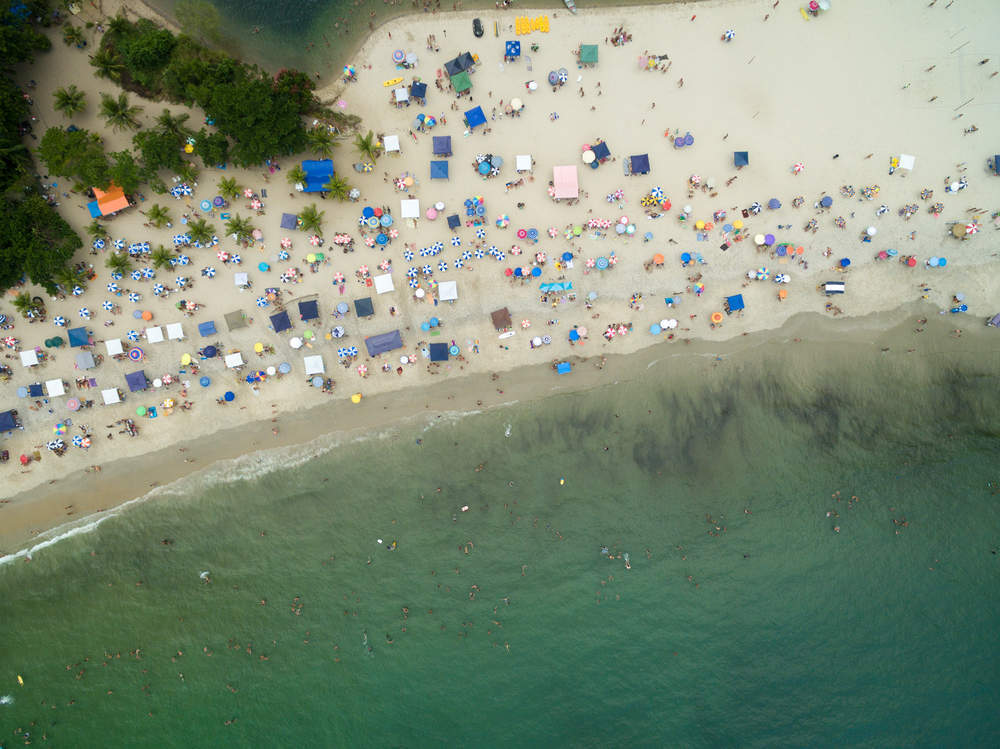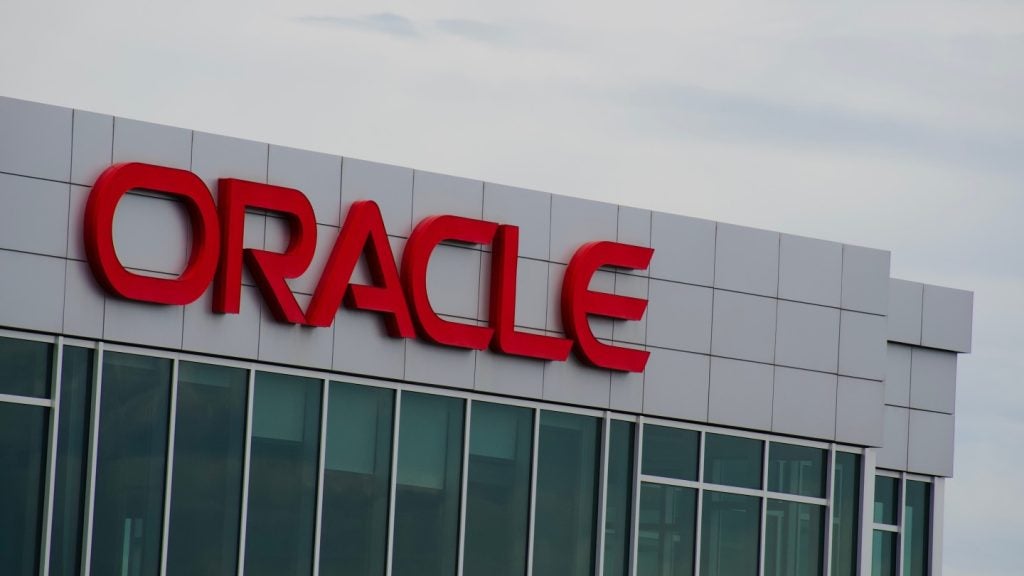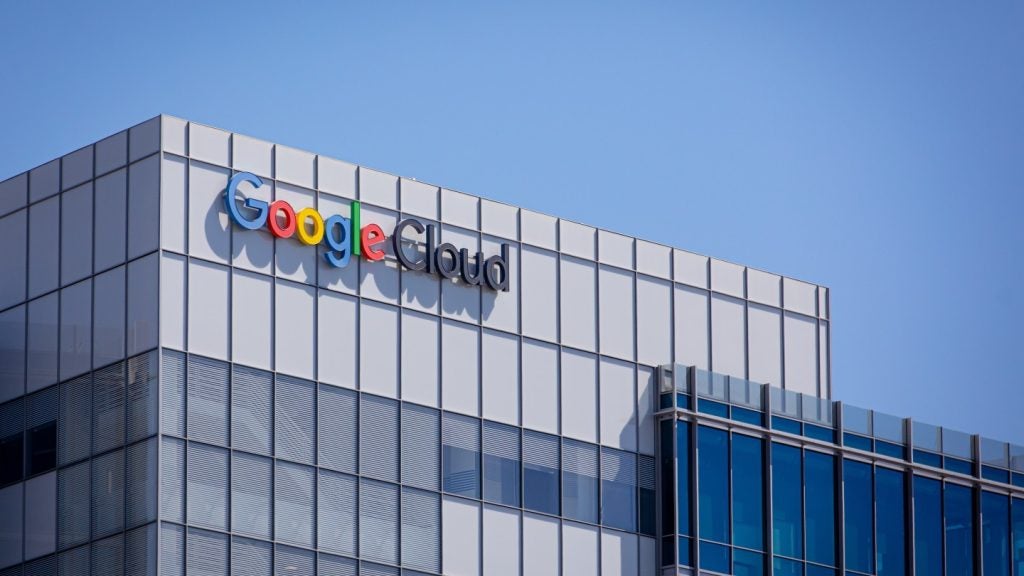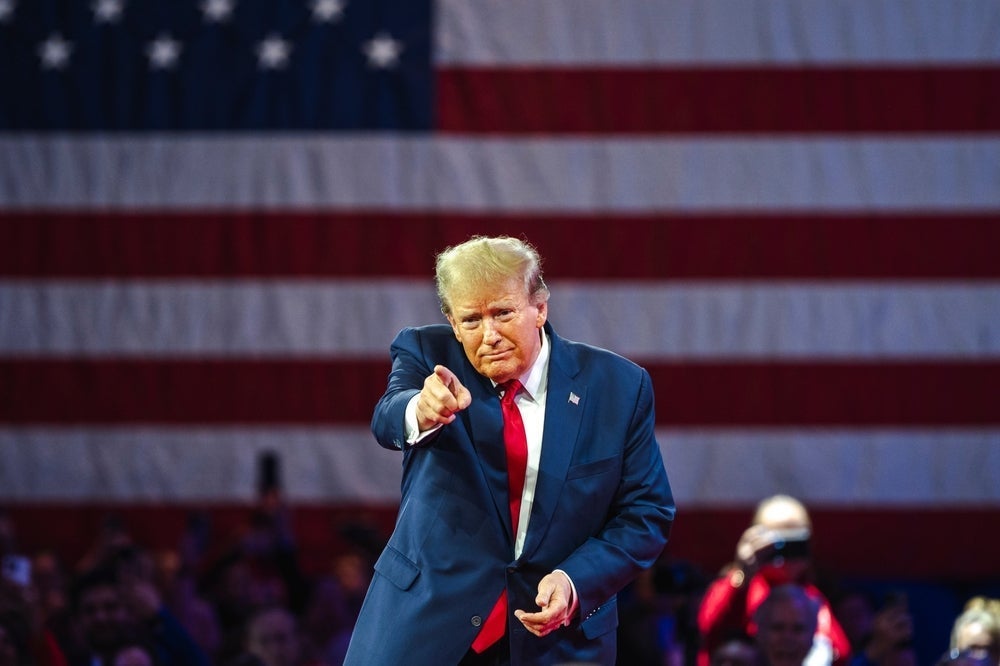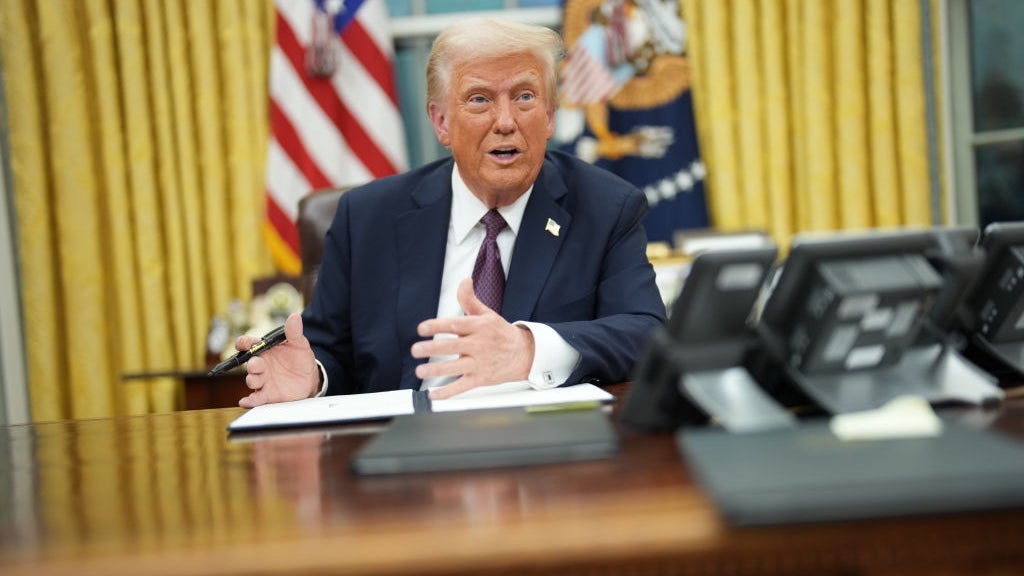How clean is your sunscreen? If it contains the chemicals oxybenzone and octinoxate, the answer is “not very”.
Hawaii has just passed a bill that will ban sunscreen products containing these two ingredients in 2021.
Both are commonly used in non-mineral sunscreens and both have been linked to coral bleaching in Hawaii and the US Virgin Islands.
Specific sunscreen chemicals can cause coral bleaching
Researchers from Israel’s Ben-Gurion University were the first to connect sunscreen chemicals with coral bleaching, publishing their findings in October 2015.
They found that oxybenzone – a common ingredient in sunscreen – caused DNA damage, endocrine disruption, and “gross morphological deformities” in coral that led it to close up and die.
Researchers found oxybenzone levels in some ocean locations were over 12 times higher than the concentration necessary to damage coral.
How well do you really know your competitors?
Access the most comprehensive Company Profiles on the market, powered by GlobalData. Save hours of research. Gain competitive edge.

Thank you!
Your download email will arrive shortly
Not ready to buy yet? Download a free sample
We are confident about the unique quality of our Company Profiles. However, we want you to make the most beneficial decision for your business, so we offer a free sample that you can download by submitting the below form
By GlobalDataMuch of that oxybenzone is believed to come from sunscreen that slides off the bodies of swimmers after contact with ocean water.
Widely used sunscreen ingredients
How common are these ingredients?
According to the Environmental Working Group, oxybenzone was added to nearly 65% of the non-mineral sunscreens accessed in the organisation’s 2017 Guide to Sunscreens.
While no comparable figures are available for octinoxate, the endocrine-disrupting ingredient is believed to be the most widely used UVB-blocking agent in the skincare industry.
Both ingredients have a global footprint.
According to one estimate reported by the New Daily in Australia, a ban on the use of oxybenzone and octinoxate would remove almost 40% of all sunscreens currently on the market in Australia.
Hawaii’s ban only affects certain chemical sunscreens. Mineral sunscreens that use ingredients such as zinc oxide or titanium oxide to physically block the sun’s rays are not subject to the ban.
Cosmetics ingredients are a mystery to most people and you’d probably need a degree in chemical engineering to decipher an ingredient label for a sunscreen or skincare product.
In the short term, Hawaii’s ban may encourage consumers to take a closer look at product labels.
Longer term, Hawaii’s ban could just be the catalyst that the cosmetics industry needs to pursue clean label initiatives with the same vigour as the food industry.
Comprehension of clean label is growing
However, clean label is no longer a foreign concept to consumers.
When asked what the term “clean label” meant to them, 45% of Americans responded that they did not understand the term in a 2015 GlobalData survey. That number shrank to just 31% of Americans in 2017 survey.
Globally, the clean label concept concerns the removal of artificial ingredients and the use of natural or organic products. A lack of pesticides, chemicals, or toxins is third on the list.
But what chemicals and toxins should we be worried about?
Awareness of specific ingredients is poor, at best, and claims built around the absence of offending ingredients often fail to connect.
According to a separate GlobalData survey, 56% of people around the world said they were unfamiliar with the term triclosan-free for beauty or cleaning products, while 47% said the same about paraben-free.
Single ingredient claims do not seem to be setting the world on fire.
Third-party certification of clean label claims
If calling out the absence of bad for you ingredients isn’t connecting, would a third-party certification that a product is clean improve the odds of success?
The answer is not clear, but this approach is beginning to make progress in personal care.
In 2016, New York-based Made Safe launched a certification system that screens personal care and household products for known toxic chemicals.
Products that make the cut can use a Made Safe seal on the packaging ensures a product is made with safe ingredients.
Made Safe certified products must pass ingredient screening for behavioural toxins, carcinogens, developmental toxins, endocrine disruptors, fire retardants, heavy metals, neurotoxins, high-risk pesticides, reproductive toxins, toxic solvents, and harmful volatile organic compounds.
There is no realistic way for a consumer to keep on top of the latest developments pertaining to specific chemicals like these. And with an estimated 80,000 chemicals currently in use in the US alone, it is probably only a matter of time before scientists discover another unintended negative health consequence for a specific ingredient or substance.
With this threat looming, maybe it is time for personal care product makers to “up their clean label game”. Ignoring the lessons of Hawaii’s sunscreen ban could hurt brands that fail to take the hint.

